Biosense Webster Submits Application to U.S. FDA Seeking Approval of the VARIPULSE Platform for the Treatment of Paroxysmal Atrial Fibrillation
DAIC
MARCH 28, 2024
The primary safety endpoint was incidence of early onset (within seven days) primary adverse events; atrio-esophageal fistula (within 90 days); cardiac tamponade or perforation (within 30 days); and PV stenosis (within 12 months). Global epidemiology of atrial fibrillation: An increasing epidemic and public health challenge.

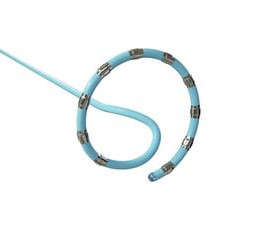


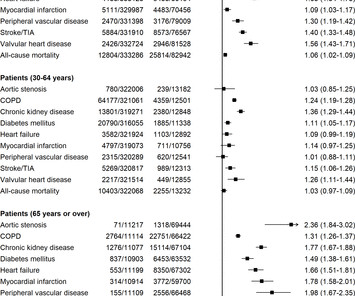


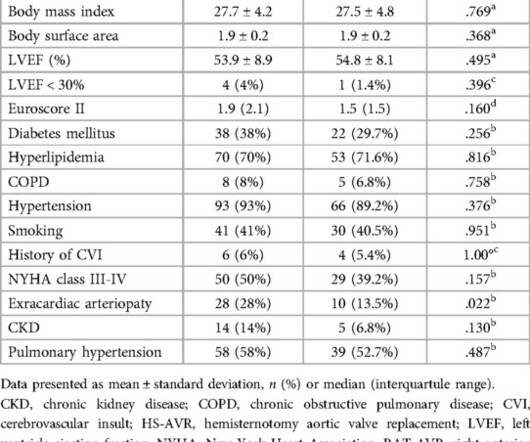
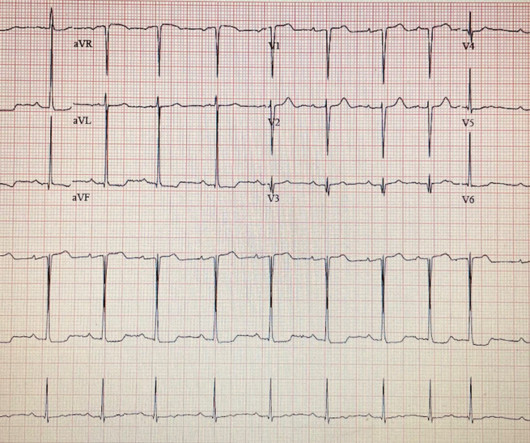
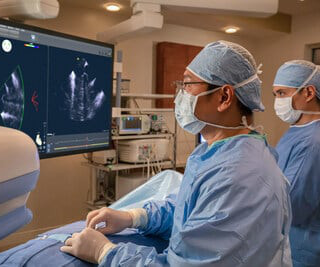










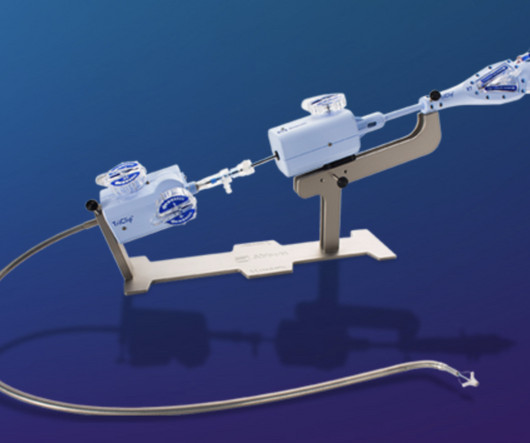
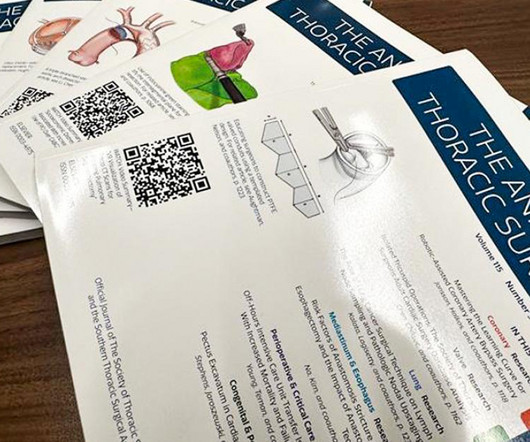
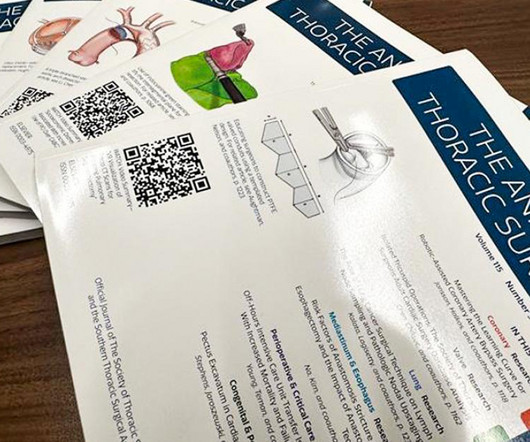







Let's personalize your content